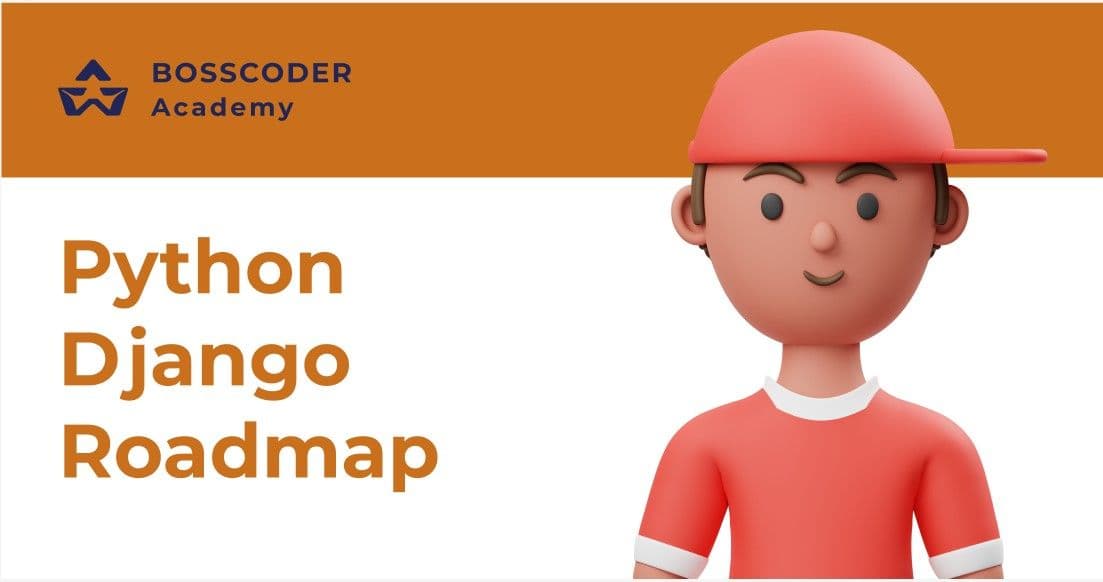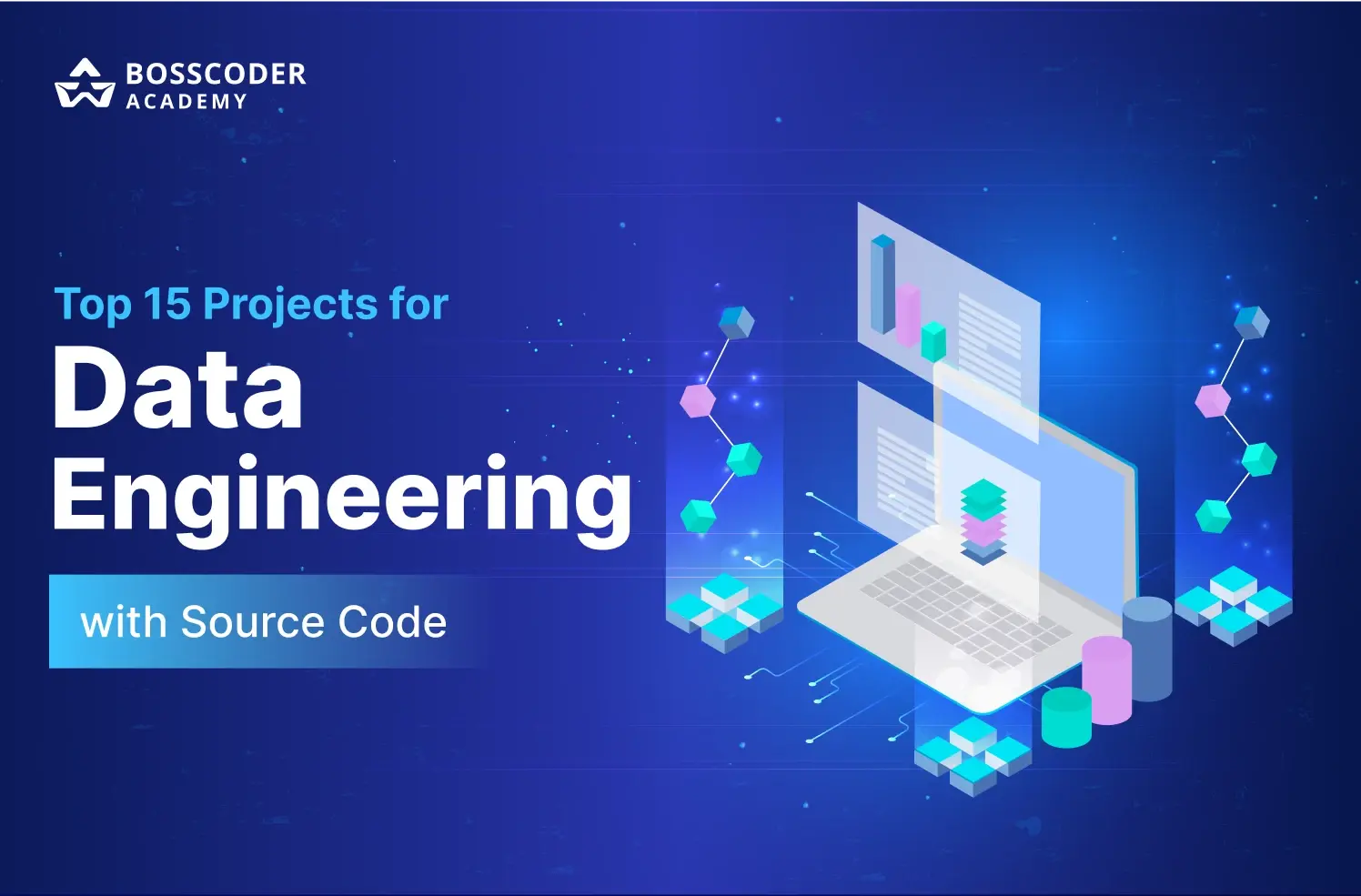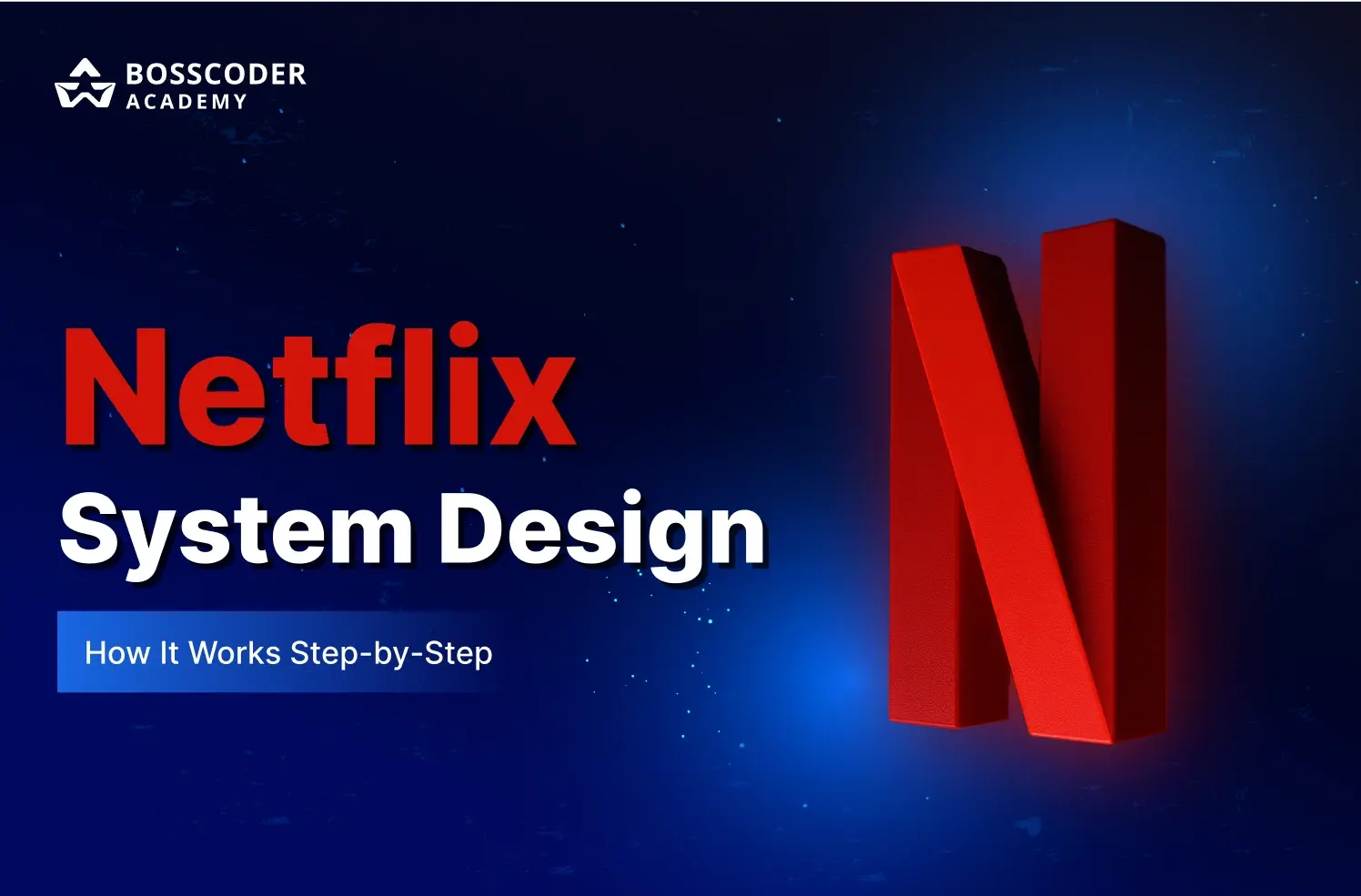Prerequisites:
Python: Familiarize yourself with Python programming language fundamentals, including variables, data types, control flow, functions, and modules.
Roadmap:
Web Development Basics:
- Understand how the web works, including HTTP, URLs, and the client-server model.
- Learn HTML, CSS, and JavaScript fundamentals to create web page structure, style, and interactivity.
Introduction to Django:
- Learn the basics of Django, a Python web framework.
- Understand the Model-View-Controller (MVC) architectural pattern used by Django.
- Get familiar with Django's command-line interface (CLI) and project structure.
Django Models and Databases:
- Explore Django's Object-Relational Mapping (ORM) to interact with databases.
- Learn how to define models, create database tables, and perform CRUD (Create, Read, Update, Delete) operations.
- Understand relationships between models, such as one-to-one, one-to-many, and many-to-many.
Django Views and Templates:
- Implement views to handle HTTP requests and responses.
- Learn how to render dynamic HTML templates using Django's template engine.
- Practice creating view functions, URL routing, and rendering data in templates.
Django Forms and User Authentication:
- Learn how to create and handle forms in Django, including validation and error handling.
- Implement user authentication and authorization using Django's built-in authentication system.
- Understand how to manage user sessions and access control.
Django Admin and Security:
- Explore Django's built-in admin interface for managing site administration.
- Learn how to customize the admin interface and create custom admin actions.
- Understand best practices for securing Django applications, including input validation, protecting against common vulnerabilities, and handling sensitive data.
Resources to Learn Python Django:
- Official Django documentation (https://docs.djangoproject.com/)
- Online tutorials and courses on platforms like Udemy, Codecademy, or Real Python
Traversy Media: https://www.youtube.com/watch?v=PtQiiknWUcI
Programming with Mosh: https://www.youtube.com/watch?v=rHux0gMZ3Eg
- Books like "Django for Beginners" by William S. Vincent or "Two Scoops of Django" by Daniel Roy Greenfeld and Audrey Roy Greenfeld
- Django-related blogs and forums, such as the Django subreddit or the Django community website (https://www.djangoproject.com/community/)
Important Concepts to Learn in Python Django:
- Models and Database Relationships: Understand how to define models, create database tables, and define relationships between them using Django's ORM.
- Views and Templates: Learn how to handle HTTP requests, render dynamic HTML templates, and pass data to templates for rendering.
- Forms and User Authentication: Familiarize yourself with creating and handling forms, performing form validation, and implementing user authentication and authorization.
- URL Routing and View Functions: Understand how to map URLs to view functions, handle parameters in URLs, and implement appropriate view functions to handle different requests.
- Django Admin and Security: Learn how to use Django's admin interface for managing site administration tasks, and implement security measures to protect against common vulnerabilities and ensure data integrity.
Remember to practice by building projects, participating in coding exercises, and collaborating with others to gain hands-on experience and solidify your understanding of Python Django concepts.
Projects:
Online Marketplace where People can Buy and Sell Items:
- Authentication: Implement user authentication to allow users to create accounts, log in, and securely access their profiles. Utilize Django's built-in authentication system or third-party libraries for enhanced functionality like social login or two-factor authentication.
- Communication between Users: Develop features that facilitate communication between buyers and sellers. Implement messaging functionality, allowing users to send messages, negotiate prices, and discuss details about listed items.
- Dashboard for Item Management: Create a dashboard for users to manage their listed items. Implement features such as adding new items for sale, editing existing listings, marking items as sold, and viewing sales history. Use Django's views, forms, and models to handle CRUD operations on item data.
- Form Handling and Customizations: Use Django's form handling capabilities to create forms for adding and editing item listings. Customize forms to include fields like item titles, descriptions, prices, images, and categories. Implement form validation to ensure data integrity and handle input errors gracefully.
- Payment Integration: Integrate payment gateways or payment APIs to enable secure and seamless transactions between buyers and sellers. Implement features for users to make payments, track transactions, and handle the order fulfillment. Ensure appropriate security measures are in place to protect sensitive payment information.
Remember to implement appropriate security measures, such as input validation and sanitization, to prevent vulnerabilities like SQL injection or cross-site scripting. Additionally, consider incorporating features like search functionality, rating and review systems, or integration with shipping services to enhance the functionality and user experience of your online marketplace.
Sample Project: https://www.youtube.com/watch?v=ZxMB6Njs3ck
GitHub: https://github.com/SteinOveHelset/puddle
CRM (Customer Relationship Management):
- User Authentication: Implement user authentication functionality, including user registration, login, and logout features. Utilize Django's authentication system to securely manage user credentials and sessions.
- Database Integration: Use MySQL as the database backend for storing and retrieving customer records. Utilize Django's models and migrations to define the database schema, create tables, and handle CRUD (Create, Read, Update, Delete) operations on customer records.
- Record Management: Implement features to add, view, update, and delete customer records. Utilize Django's views, forms, and templates to create forms for adding and editing customer details, display customer records in a tabular format, and handle user input for record management operations.
- Search and Filter Functionality: Implement search and filter functionality to allow users to search for specific customers based on criteria such as name, email, or phone number. Use Django's query capabilities to perform database queries and retrieve matching customer records.
- User Interface and UX: Design a user-friendly interface using Django's template engine, HTML, and CSS. Create intuitive navigation menus, forms, and views to enhance the user experience. Consider using Django's built-in form validation and error handling to provide feedback to users.
Remember to implement proper validation and sanitization to prevent security vulnerabilities, handle error conditions gracefully, and optimize the performance of your CRM app. Additionally, consider incorporating features like customer categorization, notes and comments, or integration with other systems (such as email marketing or sales tracking) to enhance the functionality and efficiency of your CRM app.
Sample Project: https://www.youtube.com/watch?v=t10QcFx7d5k
GitHub: https://github.com/flatplanet/Django-CRM
Learning Management System:
- Course Creation and Management: Implement functionality to allow instructors to create and manage courses on the LMS platform. Use Python Django to create forms for adding course details, uploading video lessons, and organizing course content. Implement features for instructors to update and edit course materials.
- User Registration and Authentication: Develop user registration and authentication features for learners and instructors. Use Python Django's built-in authentication system to handle user accounts, login, and logout functionality. Implement user roles and permissions to differentiate between learners and instructors.
- Course Enrollment and Progress Tracking: Create features to allow learners to enroll in courses and track their progress. Use Python Django to handle course enrollment requests, provide access to course content, and track learners' completion status. Implement progress tracking features such as marking completed lessons or modules.
- Payment Integration with Razorpay: Integrate the Razorpay payment gateway to enable real payment acceptance. Implement features to allow learners to purchase courses securely using Razorpay's payment APIs. Handle transaction verification and status updates to ensure successful course enrollment upon payment completion.
- Admin Dashboard and Analytics: Develop an admin dashboard for platform administrators to manage courses, instructors, and learner accounts. Implement analytics features to track course enrollment, learner activity, and revenue generated. Use Python Django's administrative features to handle administrative tasks efficiently.
Remember to handle data validation, security measures, and error handling throughout the development process. Additionally, consider incorporating features like course ratings and reviews, discussion forums, or integration with video hosting platforms to enhance the functionality and user experience of your LMS project.
Sample Project: https://www.youtube.com/watch?v=hEMkB5wngSc&list=PLTV1jAY3nKHMotVkWRcqH4EGPOqliQZ23
Building a Django Portfolio Website:
- Django App Setup: Set up a Django project and create a Django app to serve as the portfolio website. Configure the project settings, including database connection and static file settings.
- Template Rendering: Create HTML templates for different sections of the portfolio website, such as the homepage, about page, project showcase, and contact page. Use Django's template engine to render these templates dynamically with data.
- Static File Handling: Add static files such as CSS files, JavaScript files, and images to enhance the visual appearance and interactivity of the website. Configure Django to serve these static files correctly by updating the static file settings and linking them in the HTML templates.
- Portfolio Project Showcase: Implement features to showcase your projects on the portfolio website. Use Django models to store project data such as project name, description, images, and links. Retrieve this data in the view functions and render it in the project showcase section of the website.
- Contact Form and Submission Handling: Create a contact form to allow visitors to send inquiries or messages. Implement form validation and submission handling using Django's form handling capabilities. Send notifications or store form submissions in the database for later reference.
Remember to implement responsive design principles to ensure the website looks and functions well across different devices and screen sizes. Additionally, consider incorporating additional features like a blog section, social media integration, or deployment to a hosting platform to showcase your portfolio website to a wider audience.
Sample Project: https://www.youtube.com/watch?v=pLN-OnXjOJg&list=PL-51WBLyFTg38qZ0KHkJj-paDQAAu9HiP
GitHub: https://github.com/divanov11/personal-website
Billing System using PHP and MySQL:
- Member Management: Implement functionality to manage gym members' information. Use Django's models and SQLite as the database backend to store and retrieve member data. Create features to add new members, edit existing member details, track membership status, and handle membership renewals.
- Attendance Tracking: Develop features to track member attendance. Use Django to create views and forms for marking attendance, track attendance history, and generate attendance reports. Implement features to handle check-in and check-out timestamps for members.
- Payment and Billing: Implement functionality for managing member payments and billing. Use Django to create invoice templates, track payment records, and handle payment calculations. Implement features to generate bills, track payment status, and send payment reminders to members.
- Class and Schedule Management: Create features to manage gym classes and schedules. Use Django models and SQLite to store class details, instructor information, and class schedules. Implement features for members to view and enroll in classes, manage class availability, and handle class cancellations or rescheduling.
- Reporting and Analytics: Implement features to generate reports and analyze gym data. Use Django to create reports on membership statistics, attendance trends, revenue summaries, or class utilization. Utilize SQLite's querying capabilities to retrieve and aggregate data for generating meaningful insights.
Sample Project: https://www.youtube.com/watch?v=THN2L8VKdrc&list=PLDLLuBZ1-EttZIZ60gOKr24hX2_ymSD91









